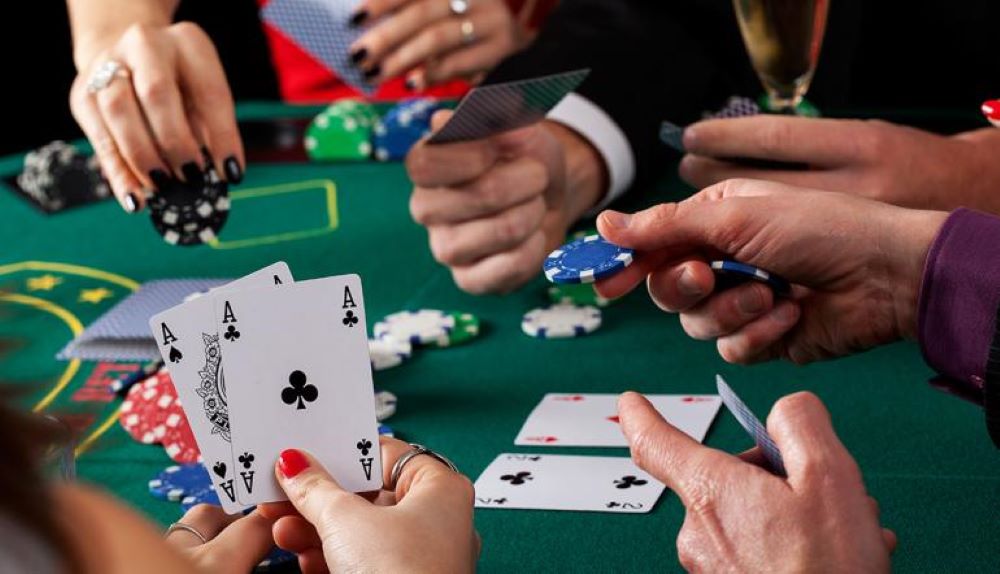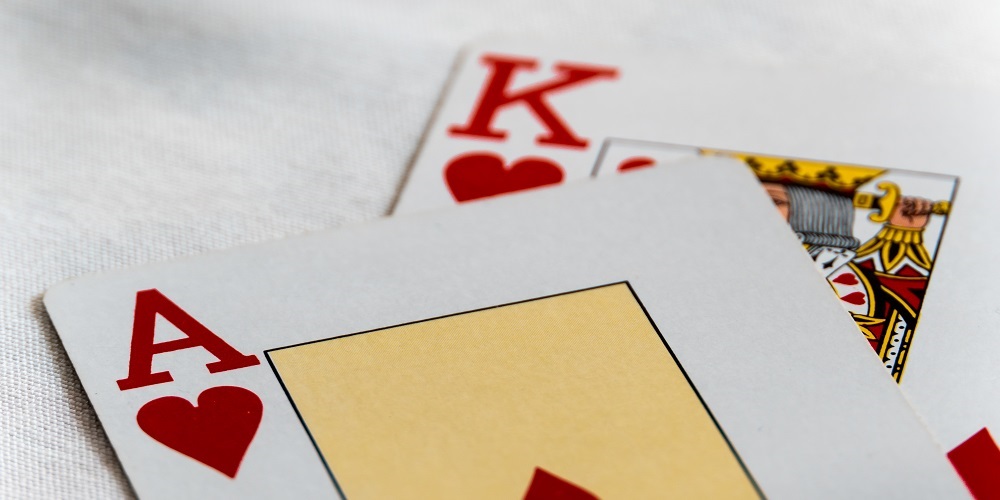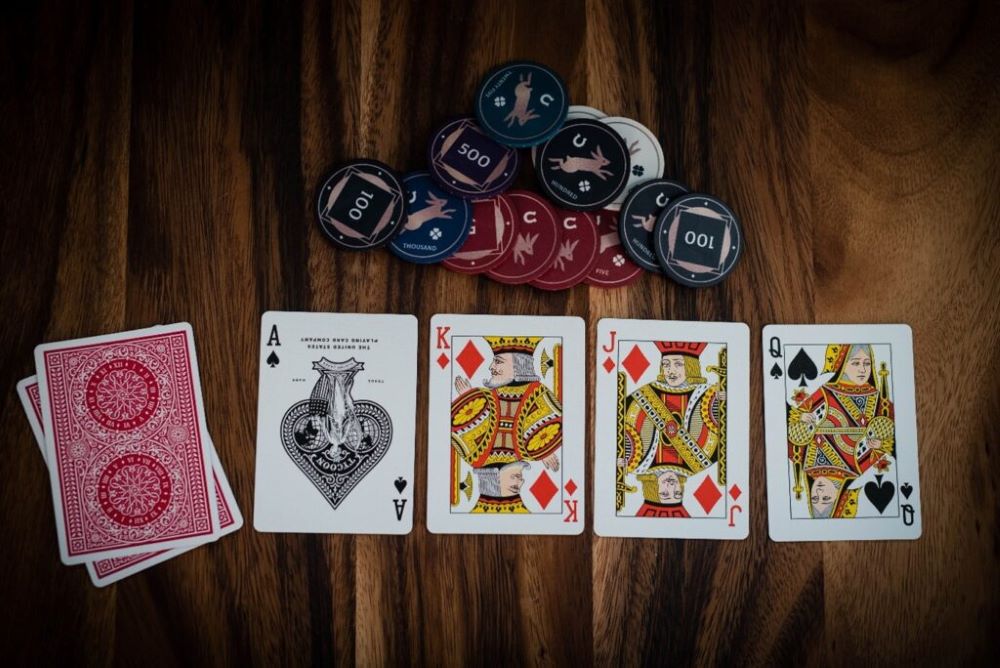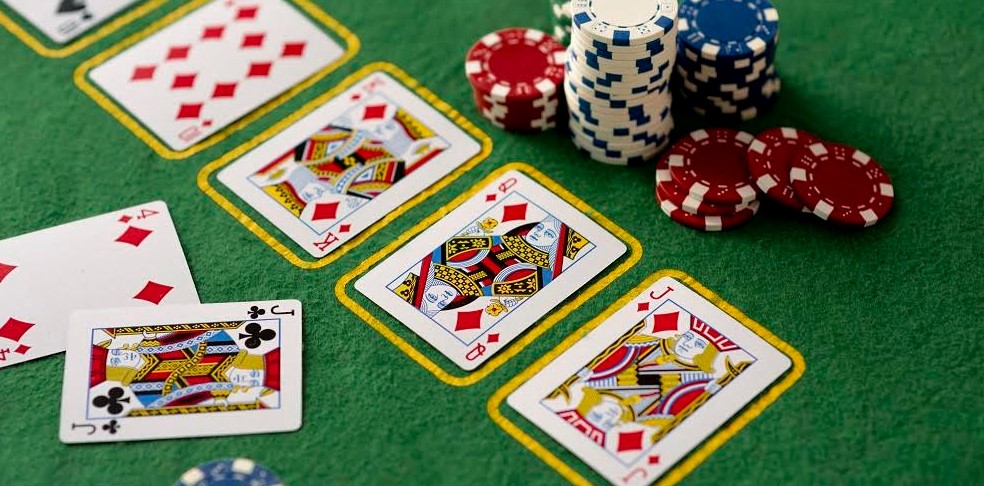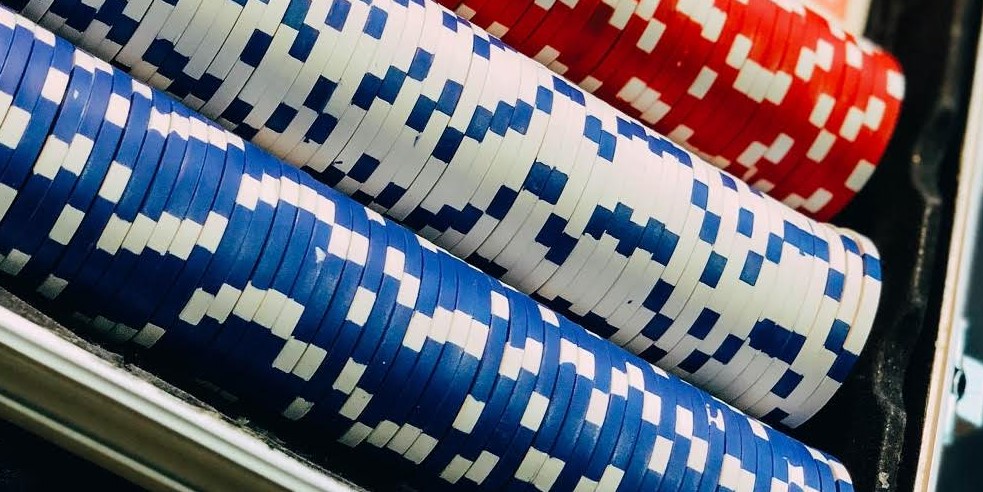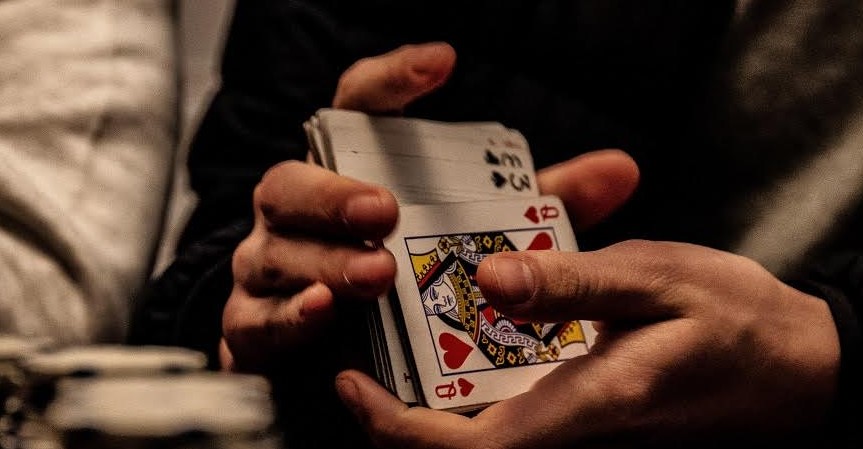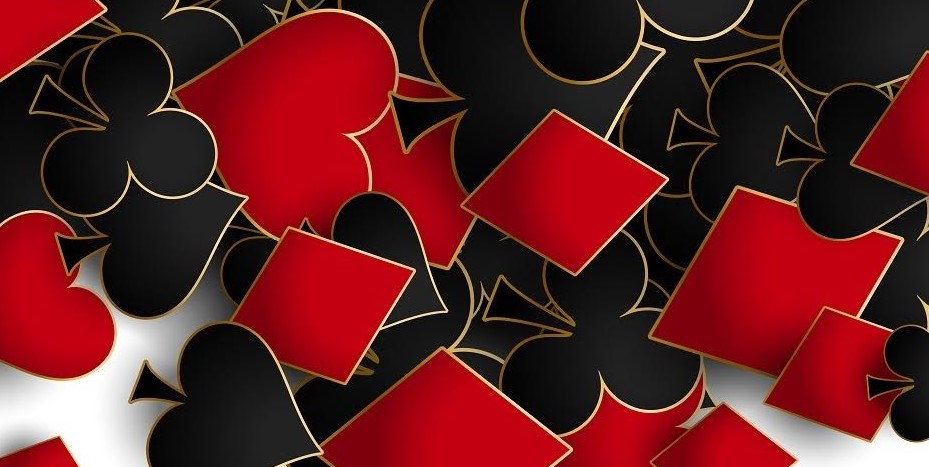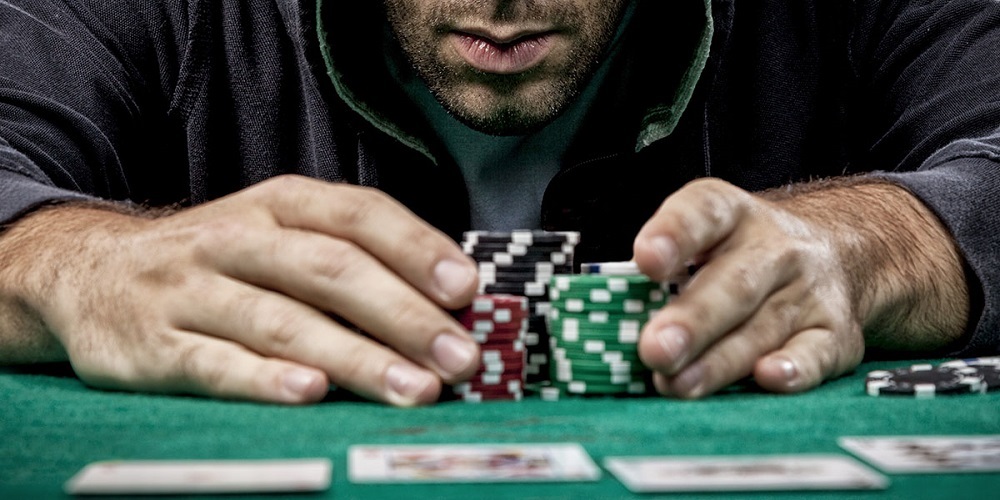Whenever we play a poker game we always have a single goal: to win the hand. It is likely that, throughout your career as a player, you have never witnessed that moment when, after the cards are revealed, a draw occurs.
You may be surprised to know that drawing in poker is more frequent than you think, especially in hands like pairs or straights. It is in those cases when we wonder what happens if you tie in poker, how to resolve the hand? We tell you!
Is a draw possible in online poker?

The quick answer is yes, but with some nuances. Ties can occur in both offline and online poker, however, the game has a set of rules to resolve the situation.
Sometimes, a single winner may be determined. Other times, as in the case of a tie in a straight with cards of the same value, the winnings will be shared among the players holding the hand.
It is also important to point out that there are poker hands in which ties cannot occur, for example, in the case of a three of a kind – the three of the highest value cards will win -, the full house – the player with the highest three of a kind will win -, or in poker, where the player with the four highest cards will win.
Poker hands and card values
It is important to know which are the hands that you can form during a poker game and, especially, what is their value.
As you well know, the weakest poker hand you can form is the one that has no sequence, neither cards of the same suit nor of the same value. If you were to draw in this way, it would be enough to determine which card is higher.
Below, we show you which are the poker hands, from most to least important, and the values of the cards, hierarchies in both cases determinant when it comes to tie-breaking a game.
Poker hands
- Royal Flush: it is the strongest hand. It would be formed by an Ace (A), King (K), Queen (Q), Jack (J) and Ten of the same suit.
- Straight Flush: five consecutive cards of the same suit.
- Poker: Four cards of the same rank, but of different suits.
- Full House: Three cards of the same rank and two cards of the same rank, all of different suits.
- Flush: Five cards of different rank, but of the same suit.
- Straight: A sequence of five cards of different suits.
- Three of a Kind: Three cards of the same rank and different suits.
- Double Pair: Two pairs of cards of equal value and different suits.
- Pair: Only one pair of cards of the same rank and different suits.
- High card: Highest card value.
Card values
Here is the sequence of the cards that make up the poker deck, from highest to lowest value:
- Ace (A)
- King (K)
- Queen (Q)
- Jack (J)
- Ten (T)
- Nine
- Eight
- Seven (S)
- Six
- Five (F)
- Four
- Three
- Two
What happens when there is a tie?

We start from the premise that, when we talk about a tie in poker, it means that there are two or more players who have the same hand, that is, double pair, straight, etc. At this moment, the dealer will be responsible for indicating the winning player, who will be none other than the one who has the highest card or the highest value set.
Let us give two examples to illustrate this:
Let’s imagine that two players have reached the river. The cards are revealed and it turns out that both have a straight flush. How is the tie resolved? By determining which of the two players has the higher card. One player’s straight flush starts with a queen, while the other player’s straight flush starts with a 10. In this case, it is the first player who wins the hand.
In the case of a tie with cards of the same value (double pair, three of a kind, poker…), the tiebreaker is the set with the highest value. If a player has a pair of 9 and another of 10, it is clear who wins the pot. Something more complex to determine, would be the tiebreaker in the full house. In this case, the trio is evaluated first and, in case of a tie, the pair is evaluated.
This is where we introduce the concept of kickers. Simply put, the kicker refers to the cards in a hand that do not contribute to the hand made. For example, a player has A-A-5-7-8 and A-A-10-4-6. Both have a pair of aces, so the remaining cards, in this case the kickers, have to be evaluated for the tie-breaker.
In the event that even the tie-breaker cards or kickers are the same, we will be facing a total tie and the winnings will be divided equally.
Poker tie-breaker: conclusions
As you have seen, poker has a strong set of rules to solve any situation that may arise during a game, even in the case of a tie.
Remember, in this situation, the winner is the one who has the game with the highest cards.
